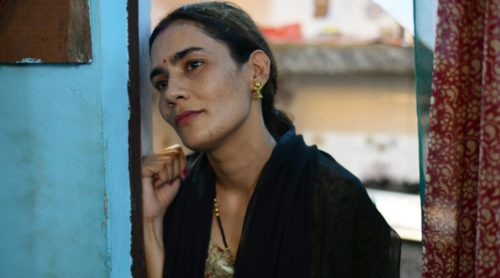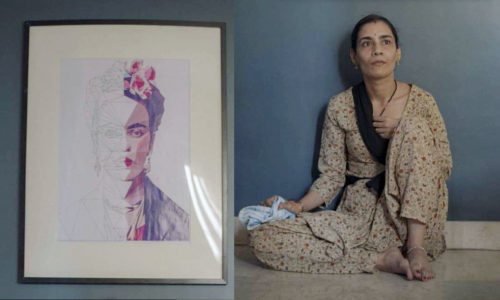June, 2021
Movie review: A character analysis of the domestic worker in the movie Thappad (translation- Slap), a 2020 Indian Hindi-language drama film directed by Anubhav Sinha
4 minutes read
Much has been said in praise of Anubhav Sinha’s Thappad which released at the cusp of a global pandemic. Having struck a chord among many, this movie has been celebrated as a resounding slap in the face of patriarchy. Thappad succinctly explores the themes of institutionalized patriarchy, internalized misogyny and casual sexism through the lens of a bunch of distinct women whose lives are so different and yet so similar. These narratives challenge structural inequalities and vociferously threaten the patriarchal ideal of “tolerance” that is linked to womanhood.

Thappad is primarily the story of Amrita Sandhu, an upper-class woman from a dominant caste background. However, my favourite character is that of Sunita’s—the domestic worker employed in the former’s household. Sunita’s indomitable spirit and cheerful disposition pervade the screen and make her quite a memorable character. While navigating the turbulent waters of abuse in the form of intimate partner violence, the movie has been careful not to slap the label of a pitiful victim onto Sunita. On the contrary, she has been depicted as a multi-faceted woman with various constituents to her identity. She is lively, hardworking and empathetic. Her most profound characteristic, in my opinion, is the immense fortitude with which she resists her oppressors.
While navigating the turbulent waters of abuse in the form of intimate partner violence, the movie has been careful not to slap the label of a pitiful victim onto Sunita.
Amrita and Sunita lead diametrically opposite lives. The former is equipped with the formidable duo of caste and class privilege which make community and legal support accessible for her. This further enables her to walk out of her problematic marriage. The latter, however, endures abuse in a seemingly loveless marriage on a daily basis. Leaving her partner is not a viable option for Sunita. Sunita’s witty rebuttals to her husband’s obscenity is met with physical violence. He feels an elevated sense of entitlement to her money, her body and the entirety of her personhood. When Sunita asks her husband why he hits her, he poses a rhetorical question to her in a split second—”Do I need a license to hit you?”. He also unthinkingly thrusts the blame onto her for their childlessness. “Kami usmein bhi toh ho sakti hai” (He could also be at fault), remarks Sunita to her employer.

Sunita has a plethora of responsibilities. Aside from her day job as a domestic worker, she is also in charge of the management of her own household. She cooks, cleans, takes care of her ailing mother-in-law (with whom she does not get along very well) and tends to the needs of her abusive partner. She finds respite in simple things and goes about her life thus.
Sunita’s everyday acts of resistance within and outside her abusive marriage bear testimony to her unwavering grit. She questions her husband every chance she gets and even locks him up sometimes when his aggressive tendencies are at their peak. In one instance, she screams as loudly as her vocal cords permit when he hits her in order to intimate her neighbours about his misbehaviour. Sunita finds respite in sharing her trials and tribulations to Amrita who listens intently and provides moral support. As a survivor of domestic violence, these scraps of external support help keep Sunita’s resolution intact.
There are millions of women like Sunita in India who are routinely pushed to the margins and forced to stay there. They bear the brunt of entrenched patriarchy. The realistic portrayal of Sunita’s character as a domestic worker and a survivor of abuse is praiseworthy and gives us hope that domestic workers will be portrayed in a manner that is not objectifying them or undermining their work and resilience in the future.

Leave A Comment